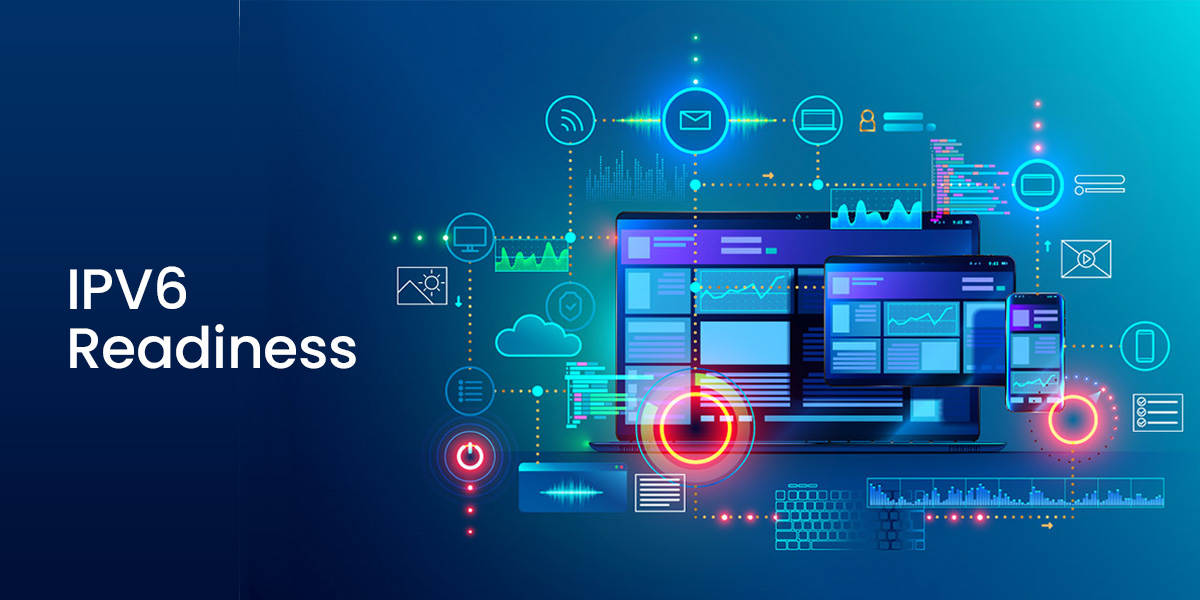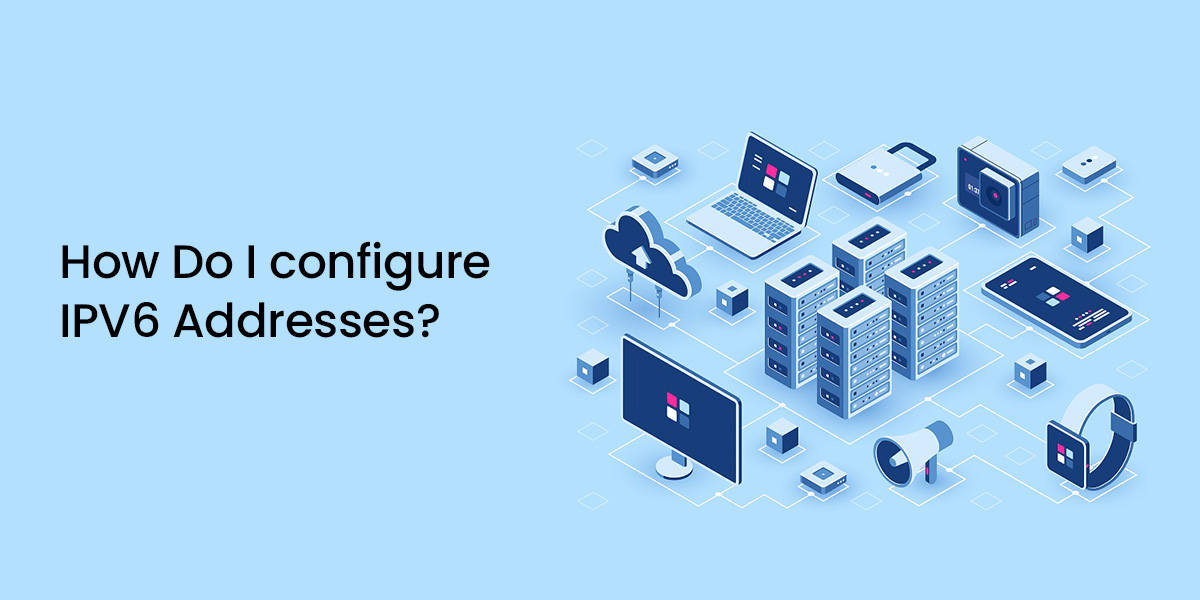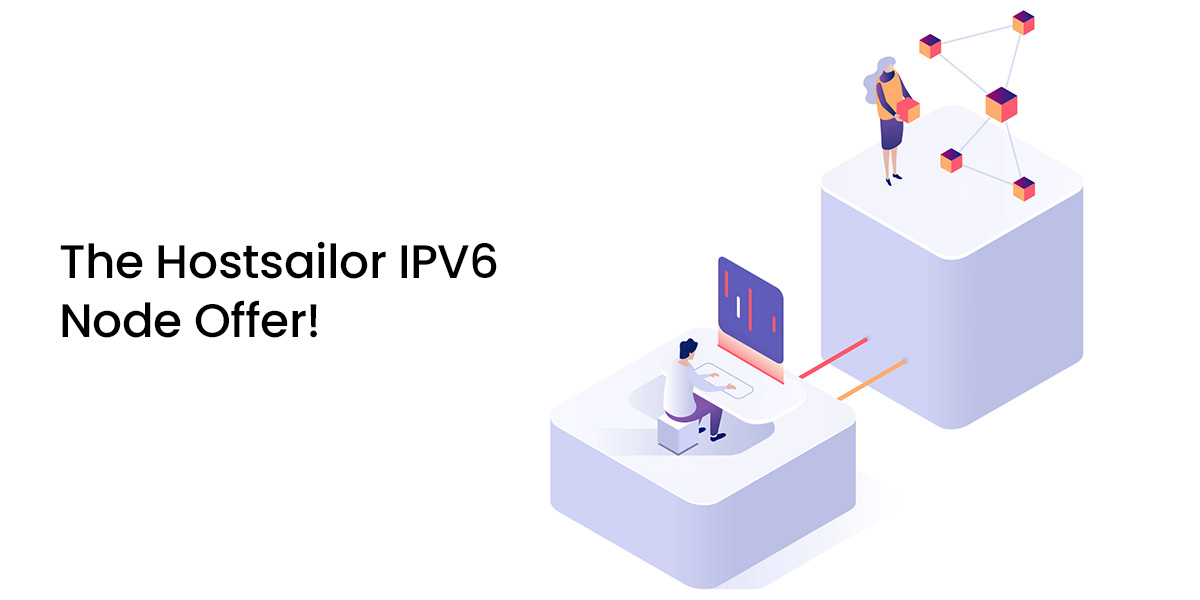

We are all familiar with IPV4 readiness, the four groups of three numbers that mean the address of a device or website, but less so with IPV6, its replacement. Just like Bill Gates said 512K RAM will be enough for anyone, time and technology improvements have meant that we have run out of IPv4 addresses. Some are still available, hoarded by ISPs and by NAT removing the need for internal network addresses.
Should IPv6 Be Enabled?
IPV4 has been replaced by IPV6, but many organisations are reluctant to make the switch. However, the growing use of IoT, in particular, is forcing the pace of change. All new Internet-connected IoT devices such as robots, driverless cars, home security systems and domestic appliances need an IP address, and now it must be IPV6. Many organisations are concerned about the implications for connectivity and speed.
To summarise, today all IT installations need to be either IPV6 ready or moving towards it in a controlled fashion, particularly if IoT is on the horizon. Key areas include making sure connectivity bandwidth and the response of the system speed enables the effective operation of business systems. That means preparing a migration plan and testing your existing connection as a baseline.
How Do I configure IPV6 Addresses?

An IPV6 address is 128 bits long, divided into eight 16-bit blocks. A hexadecimal number represents each block. Each block is separated by a “:” symbol.
A sample IPv6 address looks like 2001:0000:3238:DFE1:0063:0000:0000:FEFB
Because an IPV6 address can be long, a couple of conventions help with simplifying the address:
- Drop leading zeros; and
- If a block is all zeros, replace it with a single 0, or if there is only one such block, leave it out entirely and have two consecutive ::s
Our example will then look like: 2001:0:3238:DFE1:63::FEFB
Go for a tutorial on IPV6 address structure.
Infrastructure Readiness
If an organisation is contemplating a move to IPV6 Readiness as its primary IP addressing protocol, then there are a few things to be aware of:
- Your staff will need retraining in IPV6 architecture matters. They will need to know how IPV6 differs from IPV4, and how it will affect the IT infrastructure.
- Not all devices are IPV6 capable. Some older network switches and routers, and other legacy devices do not support IPV6. They will need to have their firmware upgraded, replaced, or connected to dual IPV4 and IPV6-capable devices. A dual-protocol environment could affect response speeds and means a review of other network architecture considerations.
- As with physical devices, some software might not support IPV6-connected devices or need a special configuration to do so. Audit your business applications, their interdependencies and configurations and see what needs to be done to keep the business environment running smoothly.
- Infrastructure performance. What, if any changes are needed to cater for IPV6. Do you need additional bandwidth if you are operating a dual-protocol environment? Will servers need a boost?
- Desktop and other device configurations. The configuration of all desktops and other configurable devices needs to be reviewed to make sure that they are fully operational under IPV6. Things such as DNS and DHCP need to be checked.
- External Connections. All businesses today have external links. Are your linked suppliers, customers, and service suppliers affected by a move to IPV6?
- The firewall and malware protection software needs to be checked to make sure that all rules and defences are still operational under IPV6.
Before moving to IPV6, the first step is a business audit covering the above to see the changes you will need to make. Thereafter create a transition plan. The plan can be phased or big-bang depending on which is a lower risk or most cost-effective. You will need to assess the potential for disruption and the associated business risks during and after the transition.
IPV6 Readiness| Speed Test
Do IPV6 Networks Improve Speed?
There are two major elements to this, connectivity itself and connectivity speed. You may need the assistance of your ISP, though some third-party organisations will provide web-based connectivity checks.
The first thing to check is that traffic can flow freely in and out of your infrastructure at an acceptable throughput. This will demonstrate if the Internet connection is operating correctly and supporting at the very least, browsers, mail servers, malware upgrades, and firewall rules.
Pay particular attention to ensuring that data and access security are maintained. Some differences in browser support for SSL/TLS certification under IPV4 and IPV6 may need attention.
One area of particular interest will be remote access to systems and data, both by employees working from home and remote access to business systems by customers.
There are several websites that support a speed test to nominated remote servers, though be careful to make sure that they are not artificially engineered to sell additional services to you. Your ISP will be able to help here.
The HostSailor IPV6 Node Offer!

HostSailor is experienced in IPV6 migrations, having gone through the mill ourselves. Our hosting offerings include a range of cost-effective IPV6 platforms that we have been supporting for some time.
In summary, they range from an entry-level platform, the Mini Sailor to the top-range Commodore at keenly focussed monthly hosting fees, details of which can be found here
Conclusion
If you are not considering a move to IPV6, then you should be. Especially if you plan to deploy any IoT devices in your infrastructure. It won’t happen for a while yet, but IPV4 will gradually fade away and IPV6 will be the majority protocol platform for IP addressing. It is already happening that new hardware and software offerings offer better support for IPV6, and IPV4 will gradually be deprecated.
Please talk to us we will be happy to have an informal discussion with you to iron out any questions you might have.